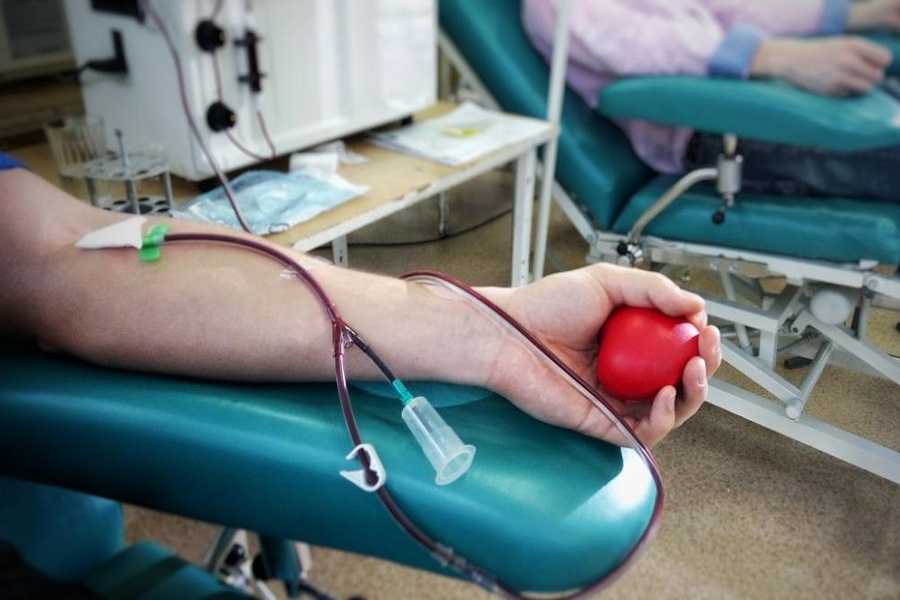Evolution of blood transfusion through milk and saline transfusion

Published :
Updated :

Blood transfusion is one of the most important medical discoveries in history, and it is credited to British physician William Harvey, who discovered blood circulation in 1628.
The first known blood transfusion was attempted soon afterwards, and since then, this procedure has saved millions of human lives over the centuries.
But in the early days of medical science, blood transfusions were a hit-or-miss affair. In the 17th century, doctors tried using animal blood as a substitute for human blood, but the results were often disastrous.
After nearly 50 years of Harvey’s discovery, a British physician named Richard Lower attempted to transfuse blood between two dogs using a goose quill. The idea was to connect an artery from one dog to the jugular vein of the other.
A year later, in 1667, Jean-Baptiste Denys performed the first documented animal-to-human blood transfusion. However, the patient was a teenage boy who had undergone multiple bloodlettings to treat a fever.
The procedure left him weak, and Denys decided to transfuse blood from a lamb into the boy's veins. To everyone's surprise, the boy survived and even improved.
The hope was that transfusions could cure diseases, even change the recipient's personality, or cure madness. But in most cases, transfusions resulted in death, leading to the Châtelet edict in 1668, which prohibited blood transfusions.
Then, in the mid-1800s, scientists came up with a new idea: why not transfuse milk instead of blood?
In 1854, James Bovell and Edwin Hodder experimented by injecting milk into a few patients during a cholera epidemic in Toronto, Canada.
They believed, inspired by Denys, that milk aids in regenerating white blood cells. Surprisingly, their first patient survived and improved, but the other five died.
Despite the high mortality rate, milk transfusions became popular, especially in North America, from 1873 to 1880.
However, many medical practitioners remained sceptical, and the treatment was eventually discredited. Milk had been replaced by saline infusions as a blood substitute by the 1880s.
Today, blood transfusions are a standard medical procedure, with millions of people receiving them each year. According to the World Health Organization, over 118.5 million blood donations have been collected worldwide to meet the demand for blood. They save lives and are used to treat a range of conditions, from severe blood loss to cancer.
contact.iftekhar.tne@gmail.com


 For all latest news, follow The Financial Express Google News channel.
For all latest news, follow The Financial Express Google News channel.